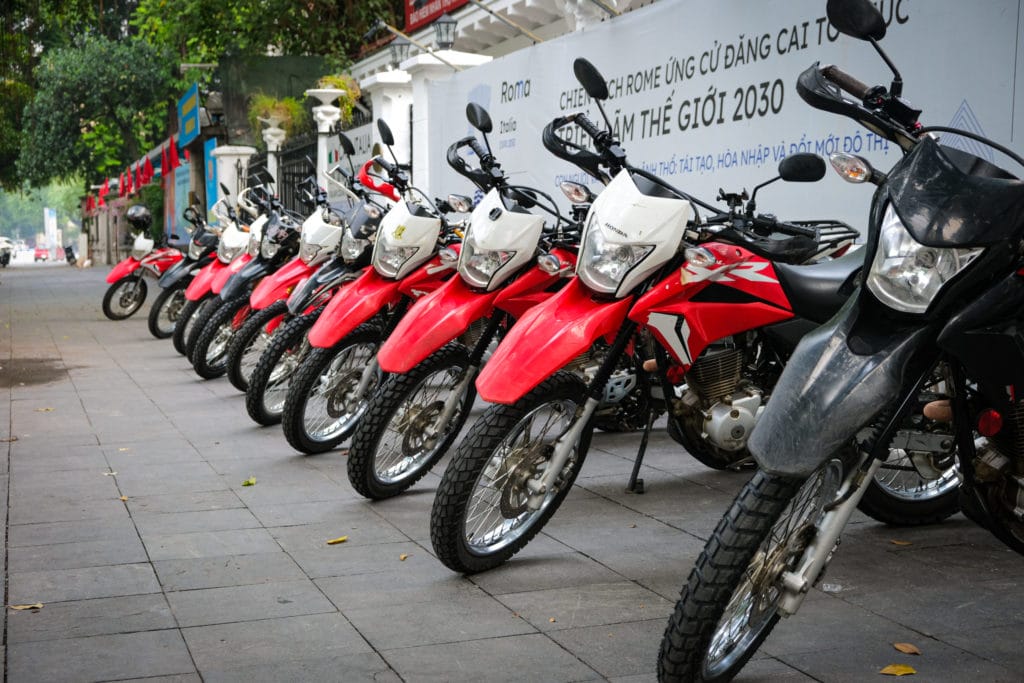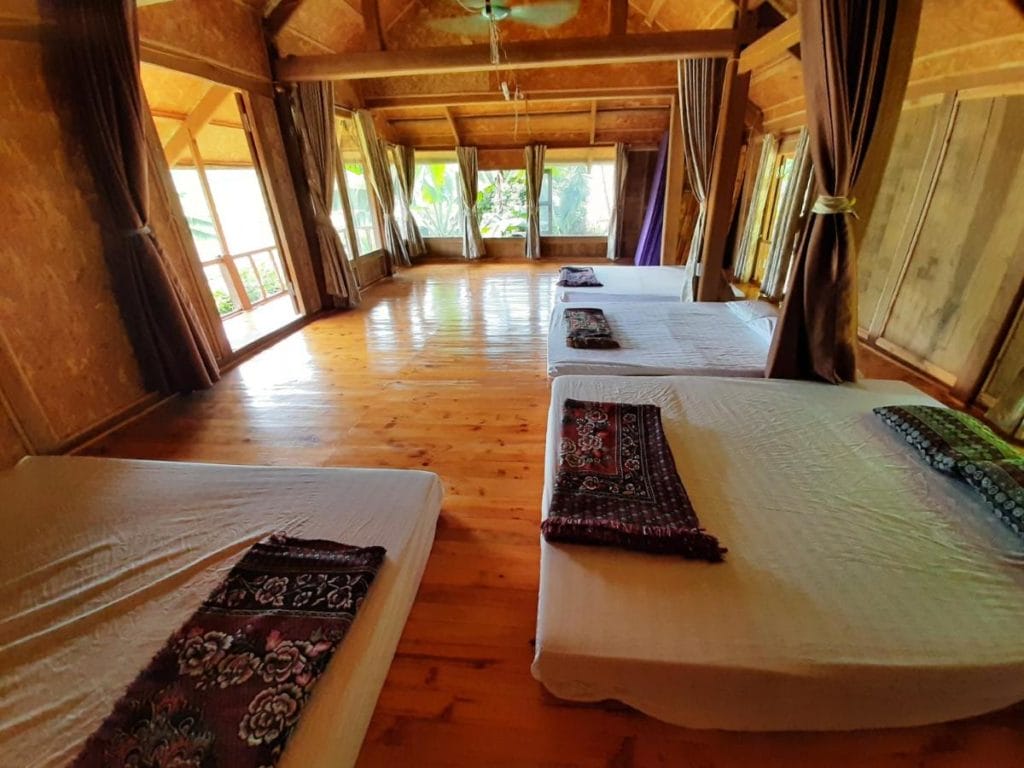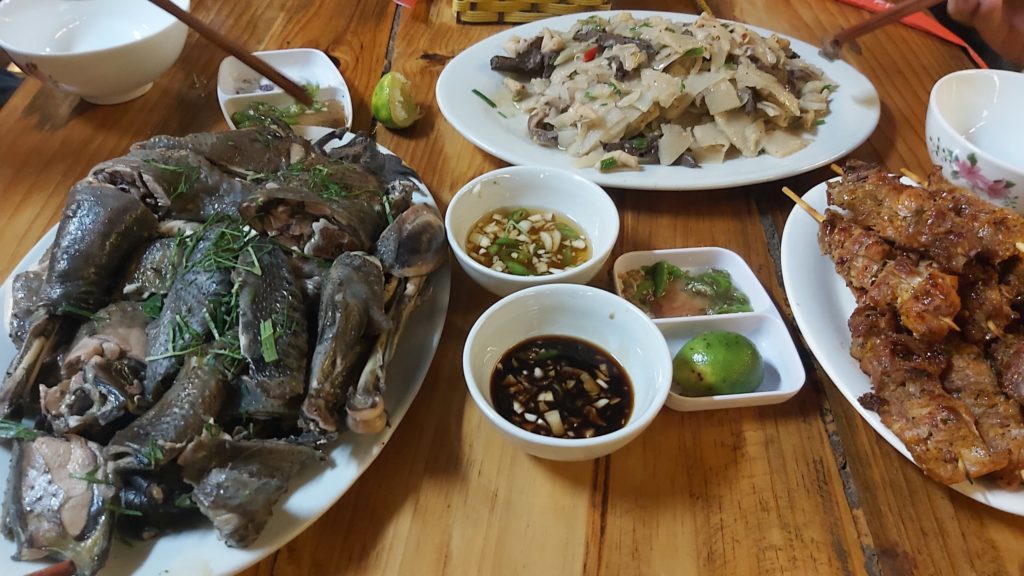Itinerary:
The cost of a motorbike trip from Hanoi to Ha Giang can vary based on several factors, including your durations, travel style, accommodation preferences, choice of motorbike rental, dining habits, and any additional activities you plan to undertake. Here’s a general breakdown of potential expenses:
1. Motorbike Rental:
Renting a motorbike can range from $ 15 to $ 45 per day, depending on the type of bike (scooter or manual), its condition, and the rental agency.

2. Fuel:
Fuel costs depend on the fuel efficiency of your motorbike and the distance you cover. On average, you might spend around $ 8 to $ 20 per day on fuel.
3. Accommodation:
Accommodation costs vary widely. Budget options like hostels or guesthouses can range from $ 15 to $ 30 per night, while mid-range hotels may cost $ 30 to $80 per night.

4. Meals:
Dining costs will depend on where you eat. Street food and local restaurants are more budget-friendly, with meals costing around $ 5 to $15. If you choose higher-end restaurants, the cost can be higher.

5. Entrance Fees and Activities:
Ha Giang has various attractions and activities that may involve entrance fees. Budget for potential costs related to visits to ethnic villages, scenic spots, or any guided tours.
6. Insurance:
Travel insurance is recommended for any adventure trip. Costs vary, but a basic insurance plan might start from $10 for the duration of your trip.
7. Miscellaneous:
Factor in miscellaneous expenses such as water, snacks, and any unforeseen costs.
Please note that these estimates are rough figures, and actual costs can vary based on individual preferences and choices. It’s advisable to research specific rental agencies, accommodations, and activities to get more accurate pricing for your planned trip. Additionally, having a buffer for unexpected expenses is always a good practice when budgeting for any journey.






